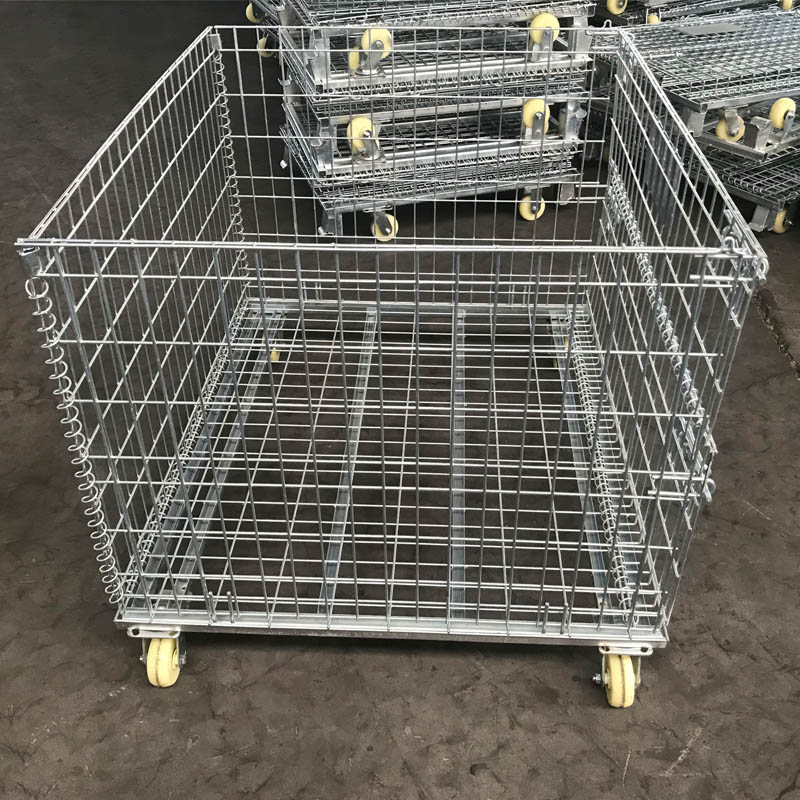
- Mobile Phone
- +8613931874955
- sales@cntcmetal.com
Innovative Applications of Reinforced Welded Wire Mesh in Construction and Design Projects
Reinforced Welded Wire Mesh Strength and Versatility in Construction
Reinforced welded wire mesh is a crucial component in modern construction, providing enhanced strength and stability to various structures. This mesh consists of high-tensile steel wires that are welded together at predetermined intervals, creating a grid-like pattern. The reinforcing properties of this mesh make it an ideal choice for a wide array of applications, including concrete slabs, pavements, and walls.
One of the primary advantages of reinforced welded wire mesh is its ability to distribute loads evenly across surfaces. When integrated into concrete, it helps to control cracking that occurs due to shrinkage, temperature changes, and other external stresses. By distributing the load across the mesh, it enhances the tensile strength of concrete, which is naturally strong under compression but weak in tension. This results in longer-lasting structures that require less maintenance over time.
The manufacturing process of reinforced welded wire mesh involves high-quality steel that is treated to resist corrosion, thus enhancing its longevity. The welding process ensures that each junction between wires is strong and durable, providing a solid framework that can withstand various environmental conditions. Moreover, pre-fabricated mesh sheets simplify the construction process as they can be easily transported, handled, and installed on-site, saving both time and labor costs.
reinforced welded wire mesh

Applications of reinforced welded wire mesh are vast and varied. In residential construction, it is commonly used in the foundations, floors, and walls of buildings to provide additional support and stability. In commercial construction, it is employed in large-scale projects including bridges, tunnels, and parking garages where structural integrity is paramount. The versatility of reinforced welded wire mesh extends to landscaping and agricultural applications as well, where it is used for fencing, trellises, and erosion control.
Another significant benefit of this mesh is its adaptability to different project requirements. Depending on the specific needs, mesh can be customized in terms of wire diameter, spacing, and sheet size. This flexibility allows engineers and architects to design structures that meet regulatory standards while providing the necessary support. Furthermore, reinforced welded wire mesh can be combined with other materials such as fiber reinforcement to create composite systems that offer even greater strength and durability.
Safety is a top priority in construction, and the use of reinforced welded wire mesh contributes to creating safer environments. By reducing the risk of structural failures, it ensures the safety of both construction workers and end-users. This reliability has made welded wire mesh a preferred choice among civil engineers and construction professionals.
In conclusion, reinforced welded wire mesh is an essential material in the construction industry, offering strength, durability, and versatility. Its ability to enhance the performance of concrete structures and its adaptability to various applications make it highly valuable for both residential and commercial projects. As construction techniques evolve, the importance of reinforced welded wire mesh will continue to grow, ensuring that buildings remain safe and durable for generations to come. Whether for new constructions or renovations, integrating this robust mesh into designs represents a commitment to quality and safety in the architectural landscape.
share:
-
Your Source for Concrete Wall Ties and Masonry AccessoriesNewsJul.10,2025
-
Unlocking the Power of Iron Wire for Every ProjectNewsJul.10,2025
-
Explore Advanced Chain Wire and Stainless Steel Mesh FencingNewsJul.10,2025
-
Discover the Benefits of Annealed Wire ProductsNewsJul.10,2025
-
Discover China Stainless Steel Wire Mesh SolutionsNewsJul.10,2025
-
Build with Confidence Using High-Performance Masonry AccessoriesNewsJul.10,2025
-
Why Sacrificial Formwork Is Redefining Underground ConstructionNewsJun.06,2025



















